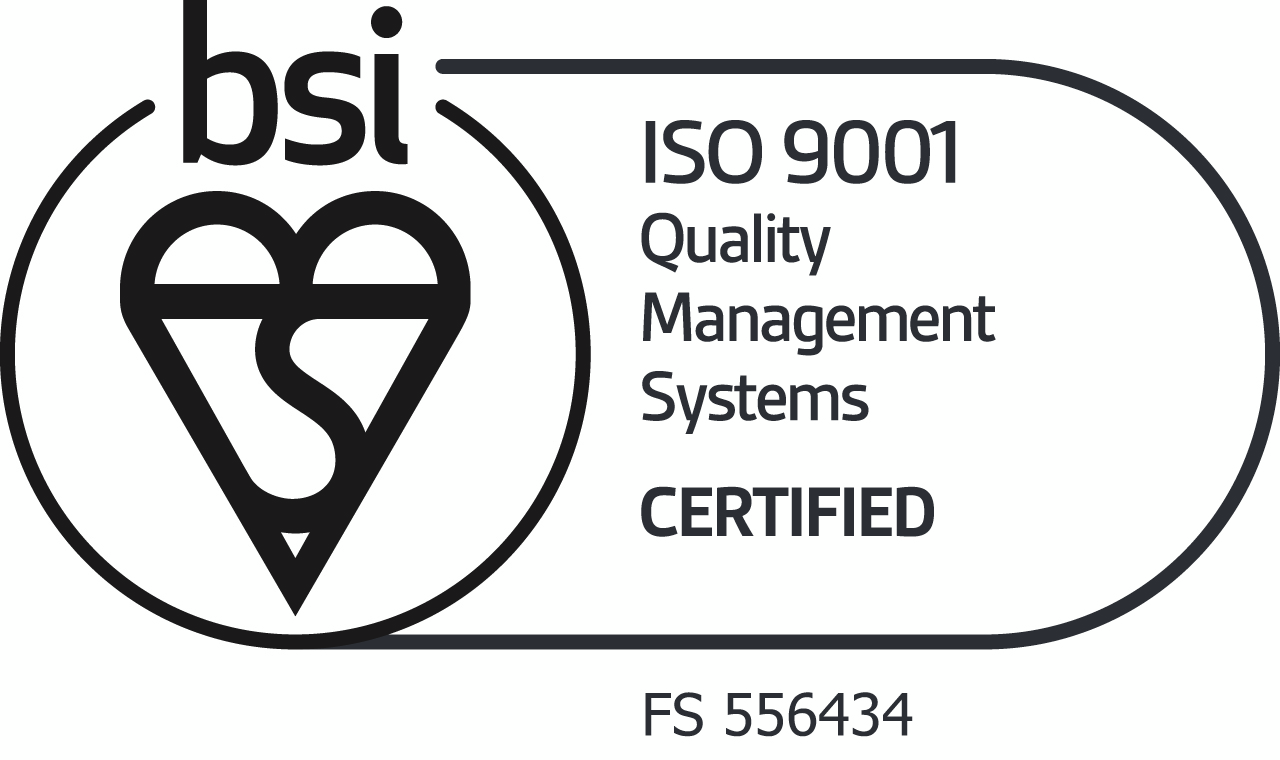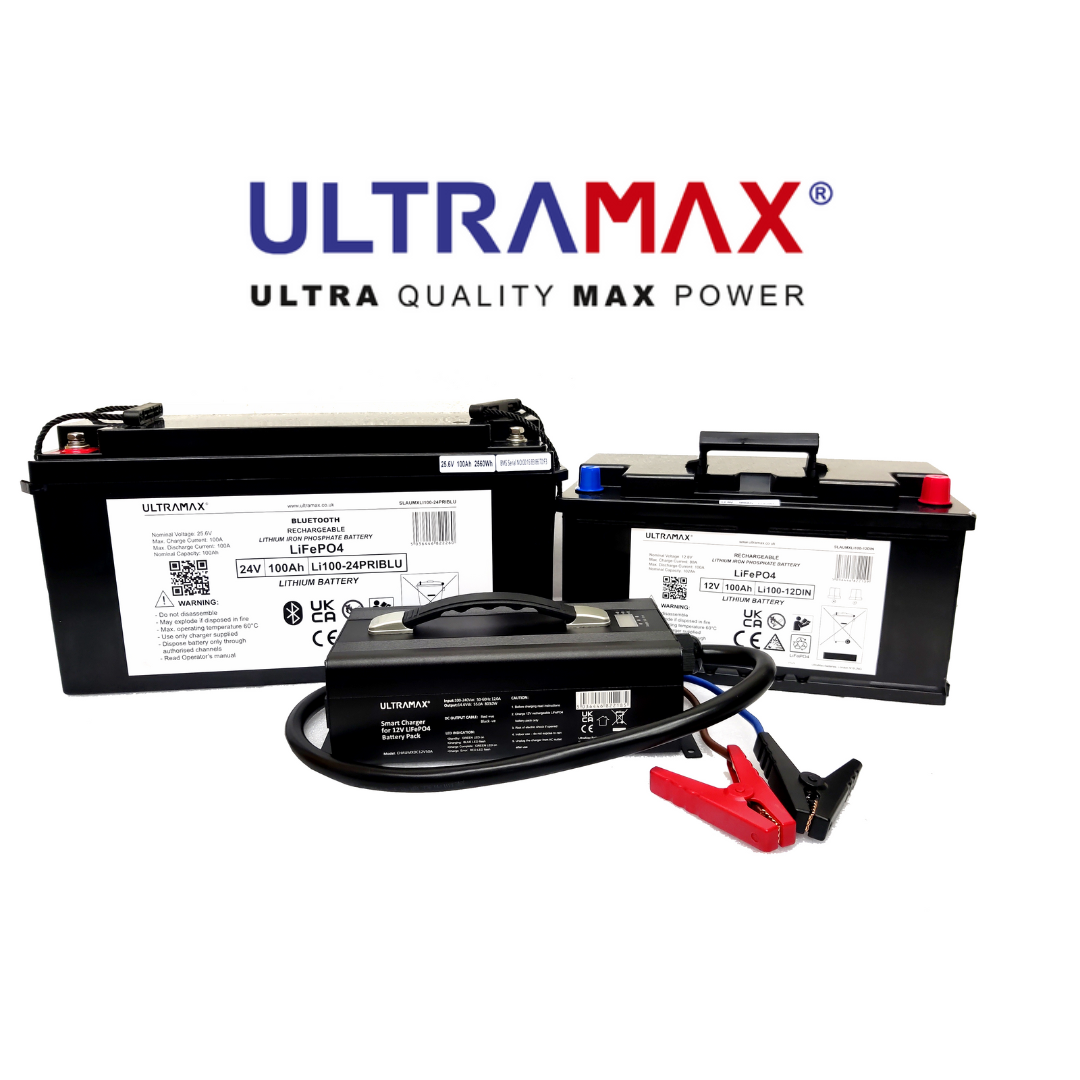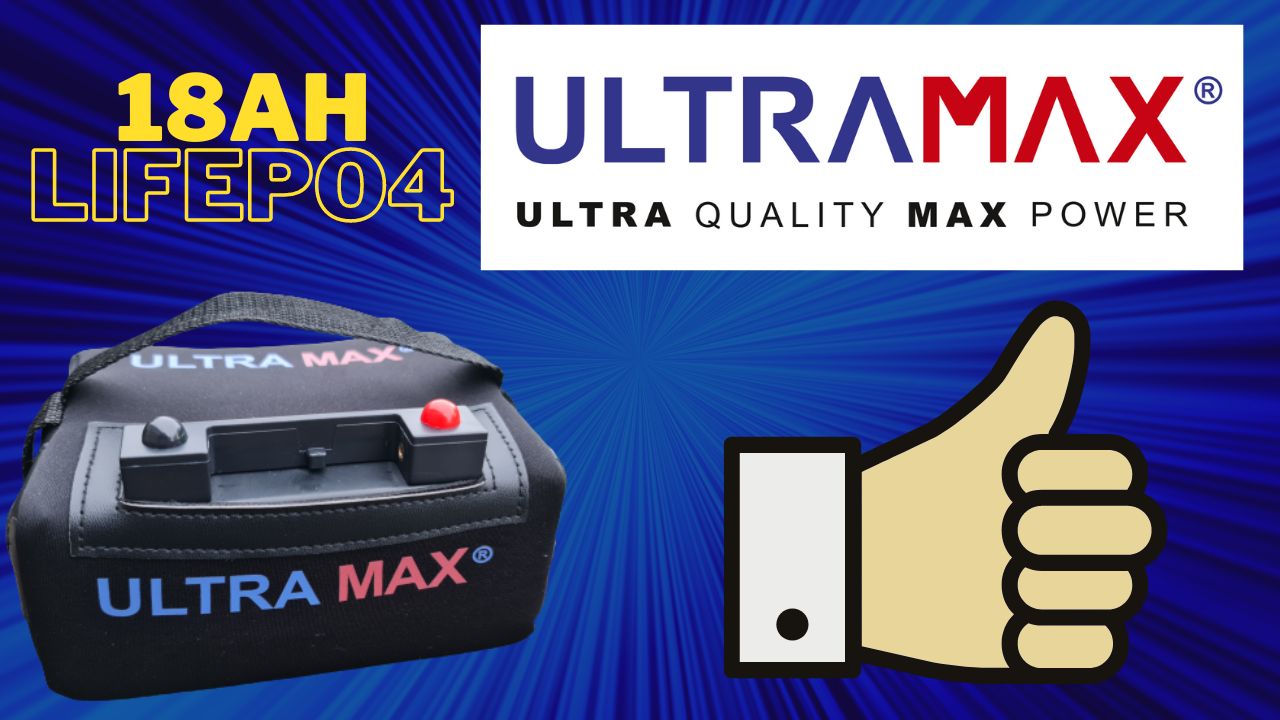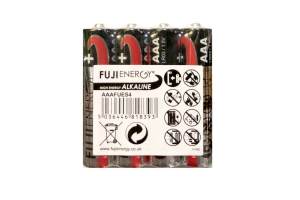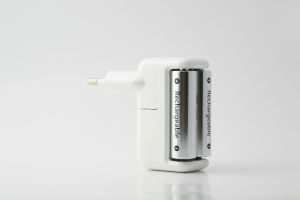Ever felt like you need a decoder ring when shopping for batteries? You're not alone! Let's break down some battery jargon into bite-sized, easy-to-understand nuggets. Trust me, once you grasp these basics, you'll be navigating the world of batteries like a pro.
Voltage: The Battery's 'Oomph'
Think of voltage as the 'pressure' that pushes electricity through a circuit. It's like the water pressure in your shower - higher voltage means a stronger electrical 'flow'. When devices say they need a 12V battery, they're telling you the electrical 'pressure' they require to function properly.
Practical example: A 12V car battery has enough 'oomph' to start your engine, while a 1.5V AA battery is perfect for your TV remote.
Capacity: The Battery's Stamina
Measured in amp-hours (Ah), capacity is all about how much energy a battery can store. It's like the size of your car's fuel tank. A higher Ah rating means your battery can keep your devices running longer before needing a recharge.
Practical example: A 100Ah battery can provide 5 amps for 20 hours, or 20 amps for 5 hours. It's all about balancing power consumption with time.
C-Rate: The Speed of Discharge
Here's where things get interesting. The C-rate tells you how fast a battery can be discharged relative to its maximum capacity. 1C means the battery is discharged in one hour, 2C in half an hour, and so on.
Practical example: For a 100Ah battery, a 1C discharge rate is 100 amps, while a 0.5C rate is 50 amps. LiFePO4 batteries, like our UltraMax range, often boast high C-rates, meaning they can deliver high power when you need it most.
Putting It All Together
When choosing a battery, consider these factors in relation to your needs:
Voltage must match your device requirements.
Capacity determines runtime.
C-rate influences the battery's ability to handle high-power demands.
Our team is passionate about helping you find the perfect battery match. Our LiFePO4 batteries offer the ideal blend of reliable voltage, impressive capacity, and high C-rates, ensuring top-notch performance across a wide range of applications.
So, next time you're battery shopping, remember: voltage for 'oomph', capacity for stamina, and C-rate for speed. Armed with this knowledge, you're ready to make an informed choice. And as always, if you need a hand, we're just a call away!





